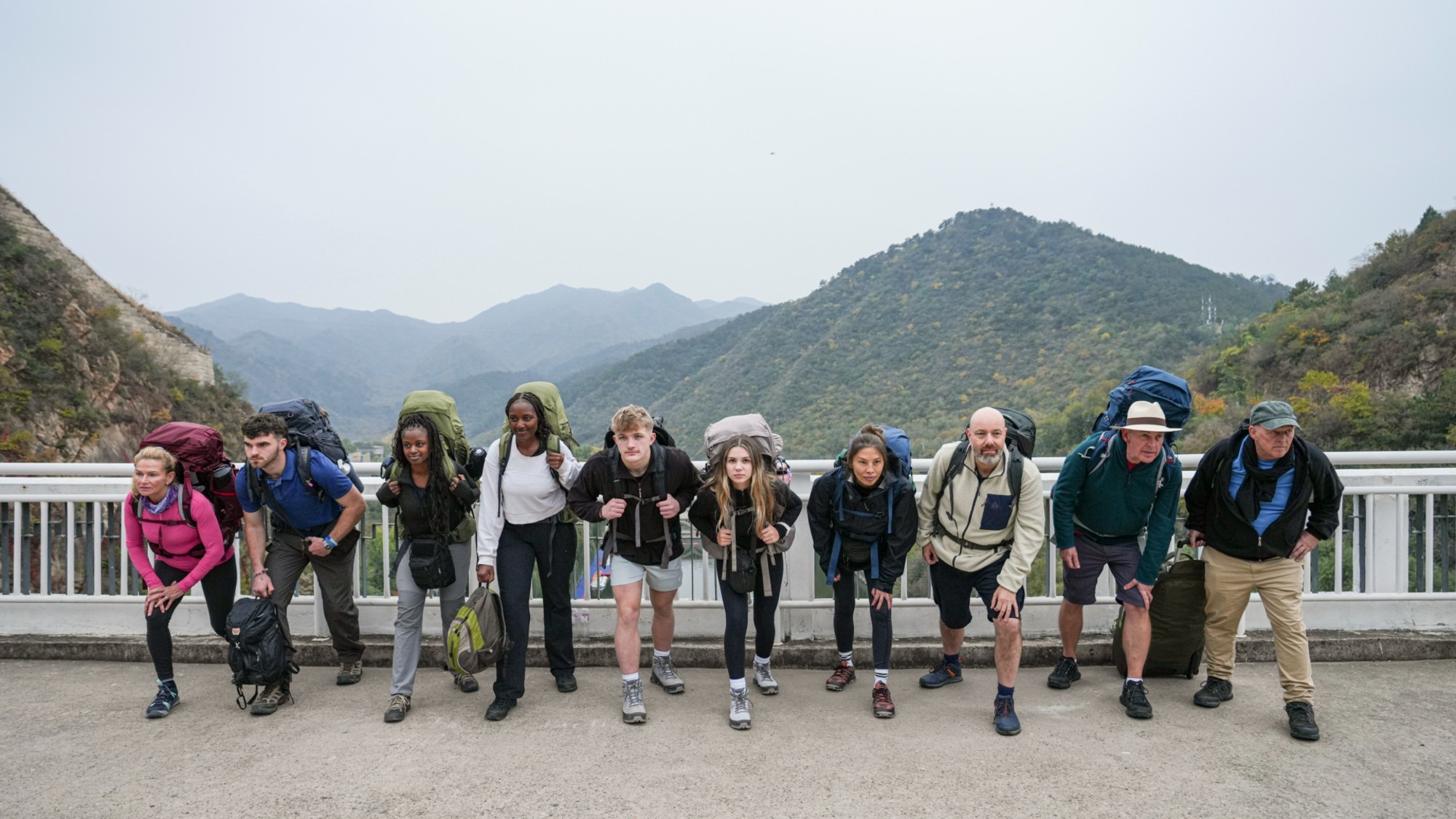The Imaginary Institution of India: a 'compelling' exhibition
'Vibrant' show at the Barbican examines impact of political upheaval on Indian art during pivotal years

In 1975, faced with major strikes, mass protests and a court ruling that threatened to remove her from office, India's prime minister, Indira Gandhi, suspended the nation's constitution and declared a state of emergency. The memory of the period "can still make people shudder today", said Cleo Roberts-Komireddi in The Guardian.
Censorship and mass jailings followed, while Gandhi's son Sanjay, obsessed with curbing the country's population and beautifying its cities, had slums cleared by violence, and embarked on a programme of forced sterilisation of millions. This exhibition at the Barbican is a survey of the art produced in India between the declaration of the emergency and its last major nuclear test in 1998 – an era of "political tumult", violence, and rapid, destabilising change.
Bringing together 150 exhibits by 30 artists working in a variety of media, many of whom will be unfamiliar to Western visitors, it shows how the upheavals of the era stimulated Indian art, as its practitioners embraced activism and "reckoned with the reality of the terms of their nationhood". The show brings to life "India's extraordinary metamorphosis" during this period, as it urbanised, liberalised and emerged as a great power. It reminds us "that the struggle for human dignity is in fact a never-ending battle".
The Week
Escape your echo chamber. Get the facts behind the news, plus analysis from multiple perspectives.

Sign up for The Week's Free Newsletters
From our morning news briefing to a weekly Good News Newsletter, get the best of The Week delivered directly to your inbox.
From our morning news briefing to a weekly Good News Newsletter, get the best of The Week delivered directly to your inbox.
The complex political history of the period is brought to life by the "vibrant artworks" on show, said Katrina Mirpuri in The London Standard. Paintings which initially seem "soft and inviting" take on new resonance once you understand the context: a "striking" canvas by Gulammohammed Sheikh, for example, depicts animals inhabiting abandoned buildings. It was painted during the emergency and is entitled "Speechless City": the absence of humans points to the "severity" of the political situation, with its censorship and Hindu-Muslim riots.
The photojournalist Pablo Bartholomew chronicles the aftermath of the Bhopal gas catastrophe in 1984 – still the world's worst industrial disaster – with pictures of "hazardous wasteland, corpses and dead livestock". Another photojournalist, Sheba Chhachhi, captures the "sturdy" faces of women fighting against "dowry- related violence".
There's humour here, too, said Maya Jaggi in the Financial Times. We see how some artists turned to "satire and caricature": Vivan Sundaram's 1976 drawing "The Pair", for instance, depicts Gandhi and her son Sanjay as "grotesque gangsters", while a "brilliantly economical oil" by Rameshwar Broota sees an "arrogantly enthroned" general intimidate his "faceless minions".
Others, such as Sunil Gupta, were drawn to marginalised communities: his photo series "Exiles" (1987) sees gay men standing, sometimes embracing each other, in front of public monuments at a time when homosexuality was criminalised. The show culminates with a section on the 1998 Pokhran nuclear test, an event met with "pride and protests". Nalini Malani conjures it with a video installation splicing footage of Hiroshima and Nagasaki with film documenting the effects of Partition. It's a climactic end to "a compelling" show that is full of artistic "inventiveness".
A free daily email with the biggest news stories of the day – and the best features from TheWeek.com
Barbican Art Gallery, London EC2. Until 5 January
-
 Why it’s important to shop around for a mortgage and what to look for
Why it’s important to shop around for a mortgage and what to look forThe Explainer You can save big by comparing different mortgage offers
-
 4 ways to save on rising health care costs
4 ways to save on rising health care costsThe Explainer Health care expenses are part of an overall increase in the cost of living for Americans
-
 How to financially prepare for divorce
How to financially prepare for divorceThe Explainer Facing ‘irreconcilable differences’ does not have to be financially devastating
-
 One great cookbook: Niloufer Ichaporia King’s ‘My Bombay Kitchen’
One great cookbook: Niloufer Ichaporia King’s ‘My Bombay Kitchen’The Week Recommends A personal, scholarly wander through a singular cuisine
-
 How digital ID cards work around the world
How digital ID cards work around the worldThe Explainer Many countries use electronic ID to streamline access to services despite concern by civil rights groups they ‘shift the balance of power towards the state’
-
 Uttar Pradesh: from a once-in-a-generation festival to tiger tracking in an ancient forest
Uttar Pradesh: from a once-in-a-generation festival to tiger tracking in an ancient forestThe Week Recommends Soak up the state's rich culture on one of Explorations Company's specially curated tours
-
 What happened to Air India Flight 171?
What happened to Air India Flight 171?Today's Big Question Preliminary report reveals 'fundamental reason' why jet crashed, but questions remain about whether it was 'deliberate, accidental or if a technical fault was responsible'
-
 Anshu Ahuja's golden coconut and butter bean curry recipe
Anshu Ahuja's golden coconut and butter bean curry recipeThe Week Recommends Plump, creamy beans in a sweet, spicy sauce
-
 How to go on your own Race Across the World
How to go on your own Race Across the WorldThe Week Recommends The BBC hit show is inspiring fans to choose low-budget adventures
-
 Ancient India: living traditions – 'ethereal and sensual' exhibition
Ancient India: living traditions – 'ethereal and sensual' exhibitionThe Week Recommends Hinduism, Jainism and Buddhism are explored in show that remains 'remarkably compact'
-
 One great cookbook: 'I Am From Here' by Vishwesh Bhatt
One great cookbook: 'I Am From Here' by Vishwesh BhattThe Week Recommends Where India meets the American South meets I-want-to-cook-it-all